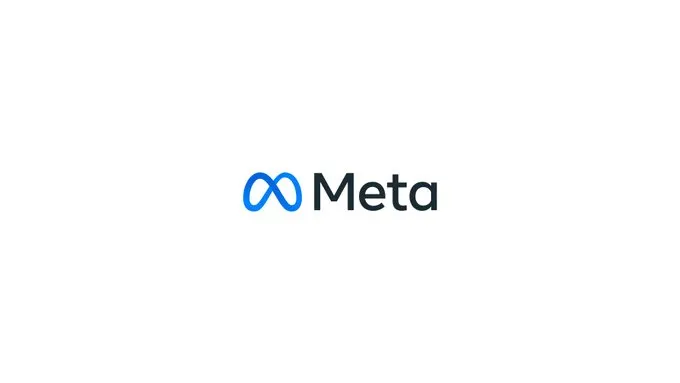TL;DR Summary of Meta’s New Ad Spending and Charging Updates
Optimixed’s Overview: Understanding Meta’s Latest Ad Billing and Budget Control Changes to Maximize Your Campaign Efficiency
Upfront Billing: What It Means for Advertisers
Meta has shifted its charging model for ads, now requiring payment of the entire campaign budget at the moment the purchase is confirmed. Unlike the previous system, where charges occurred as spending thresholds were met and residual costs billed monthly, this new approach bills the full set budget immediately. For example, a two-day campaign with a daily budget of $10 will be charged $20 upfront.
- Potential Impact: Advertisers might pay for ads that underperform or do not fully deliver, increasing upfront costs.
- Meta’s Confidence: This suggests Meta is confident in delivering ads to meet budget expectations.
Changes to Automated Campaign Spending Limits
Meta also revised spending controls for its Advantage+ campaigns. The previous model allowed for minimum and maximum budget flexibility, enabling the system to optimize spend based on engagement fluctuations. The new method implements an average ad set spend limit, effectively capping daily spend.
- Performance Considerations: This cap may limit the system’s ability to boost ads on high-engagement days, potentially reducing overall ad performance.
- Budget Control: Advertisers gain greater predictability and control over their spending, reducing surprises from automated budget allocations.
What Advertisers Should Do Next
These updates represent subtle yet significant shifts in how Meta manages ad billing and budget automation:
- Review and adjust your campaign budgets to account for upfront charges.
- Understand the trade-offs between performance optimization and budget control with the new spending limits.
- Monitor campaigns closely to measure impact and adjust strategies accordingly.
Being proactive and informed about these changes will help advertisers maintain effective campaign management and avoid unexpected costs.
